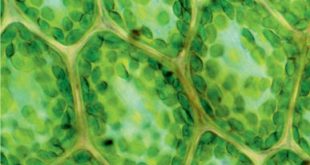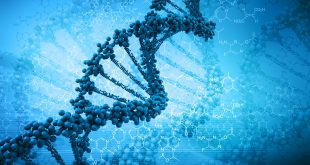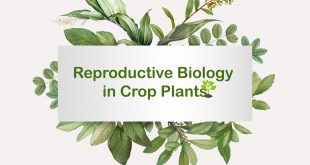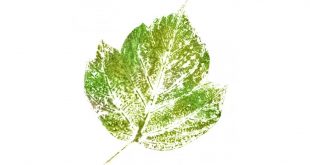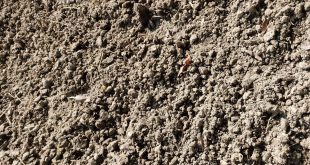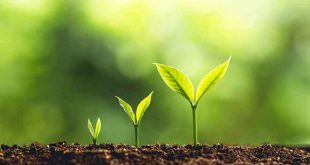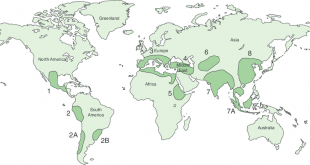A layer of structural materials composed of polysaccharides, glycoproteins, and phenolic compounds found external to protoplasm is called the cell wall. Certainly, it defines the shape and size of the cell. In this paragraph, the structure and composition of cell walls will be discussed explicitly. Gross Structure of Cell Wall The …
Read More »Blog Layout
Gene Cloning: Basic, Requirements & Steps
Author: Tahmina Mojumder This article discusses Recombinant DNA and gene cloning, plasmid and phase vectors, restriction enzymes, restriction maps and their properties, recombinant selection. Recombinant DNA Recombinant DNA is the common name for a segment of DNA that has been created by combining at least two fragments from two different …
Read More »Reproductive Biology in Crop Plants: Part Two
Reproduction is one of the fundamental features of life on earth. Reproduction means ‘to produce’. Plant reproduction is a biological process by which plants produce new individuals or offspring. Reproduction enables the continuity of plant species, generation after generation. Modes of Reproduction Modes of reproduction in crop plants are mainly …
Read More »Reproductive Biology in Crop Plants: Part One
Reproduction is one of the fundamental features of life on earth. Reproduction means ‘to produce’. It is the way of producing offspring. In this article, basic ideas about plant reproduction including its modes and the significance of these modes will be discussed. Reproduction in Plants Plant reproduction is a biological …
Read More »Leaf Traces & Pit Pairs
Strand of fluid-carrying vascular tissue extending from the main stem to the base of a leaf is Leaf Trace. Relatively thinner portions of the cell wall that adjacent cells can communicate or exchange fluid through are called Pits. In this article, Leaf traces and Pits will be discussed explicitly. Prolongations …
Read More »Japan as a Place for Higher Studies
Japan, It is a country in Eastern Asia. Almost everyone in Bangladesh, who knows about Japan, likes this country. There are a lot of students here, who want to pursue higher studies in Japan. But because of lack of enough information, students face problems. Quality of Higher Studies in …
Read More »Concept of Soil Fertility
Soil fertility means the ability of a soil to sustain plant growth by providing essential plant nutrients and favorable chemical, physical and biological characteristics as a habitat for plant growth. Soil Fertility Soil fertility is defined as “the quality that enables a soil to provide the proper compounds, in the …
Read More »Coral Reefs: Types, Formation and Importance
Coral reefs are beautiful underwater ecosystems, look like undersea cities, filled with colourful fishes and numerous wonderful creatures. Sometimes coral reefs are called the ‘rainforests’ of the sea. In this article, the types, formation and importance of Coral Reefs will be discussed in detail. What are Coral Reefs? Coral reefs are …
Read More »Soil as A Medium for Plant Growth
Soil is the most common medium for plant growth. It also serves as a foundation material for engineering structures, for sewage disposal or mined as ore. However, human’s primary interest in soil has centered on its potential to support plants which provide food, fibre and forest products. In this article, …
Read More »Concepts of center of origin of cultivated crops (Part 3)
Do you know what is Center of Origin? The center of origin is a geographical area where the particular group of organisms (either domesticated or wild) first originated on earth. This is the 3rd part of the topic: Concepts of center of origin of cultivated crops. If you have somehow …
Read More » Plantlet The Blogging Platform of Department of Botany, University of Dhaka
Plantlet The Blogging Platform of Department of Botany, University of Dhaka
